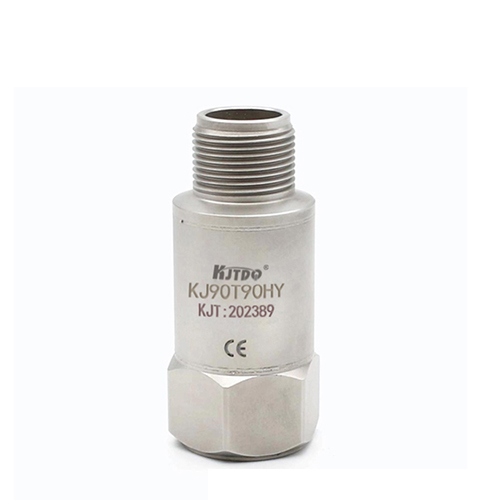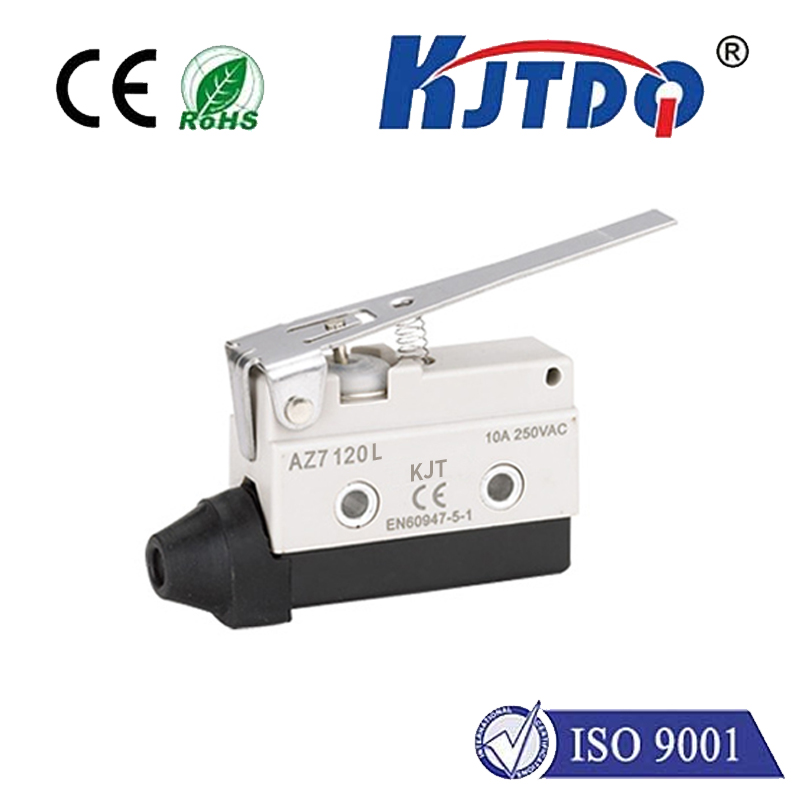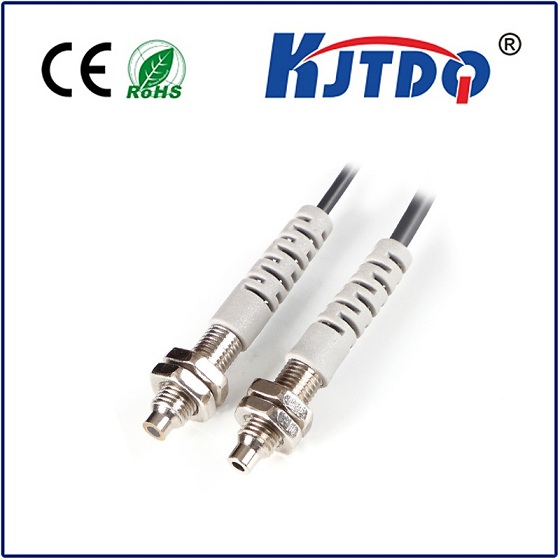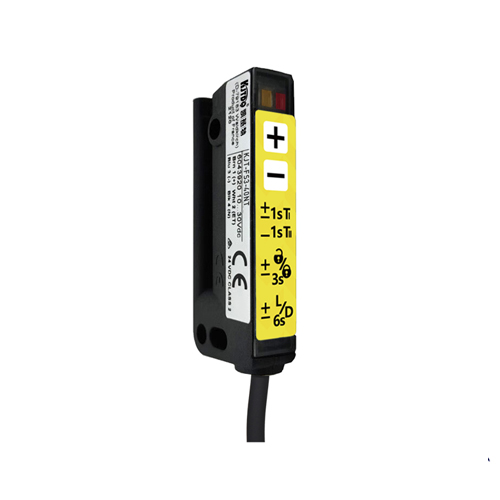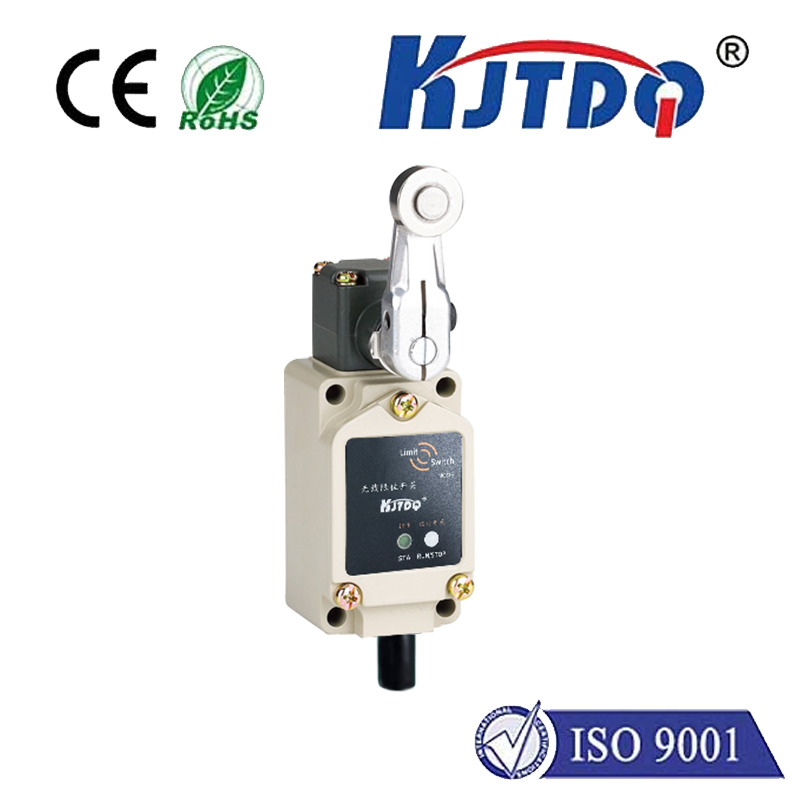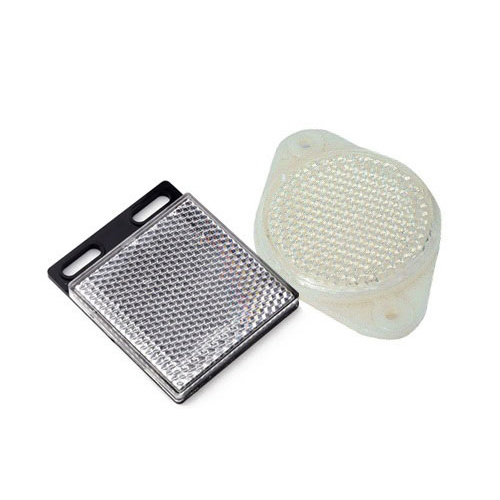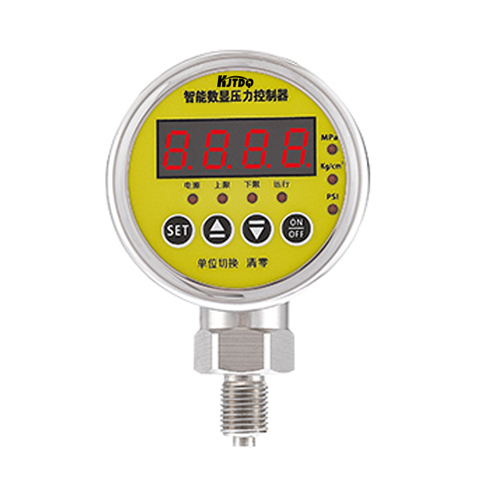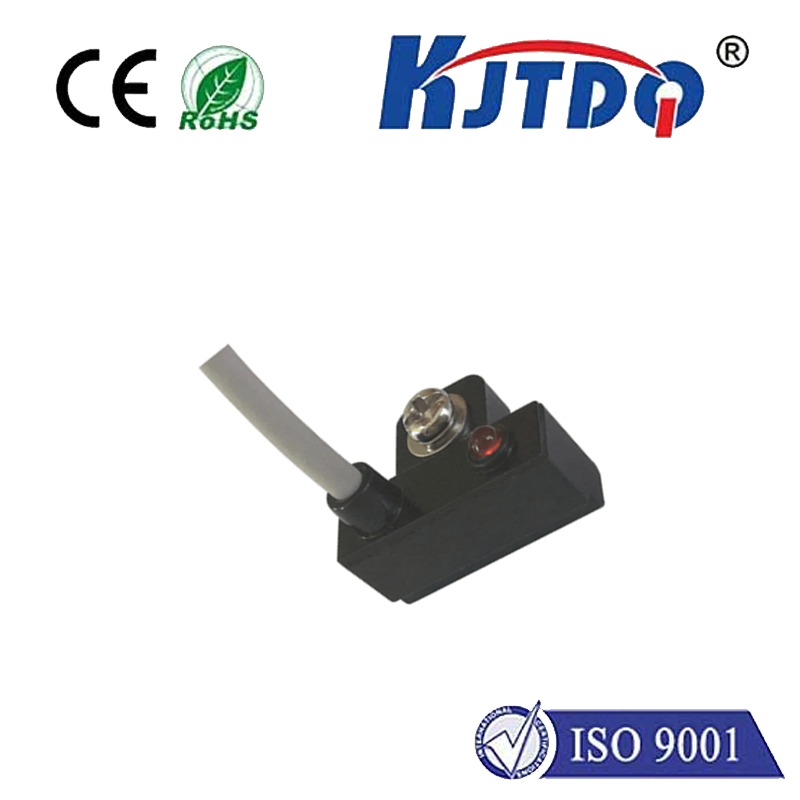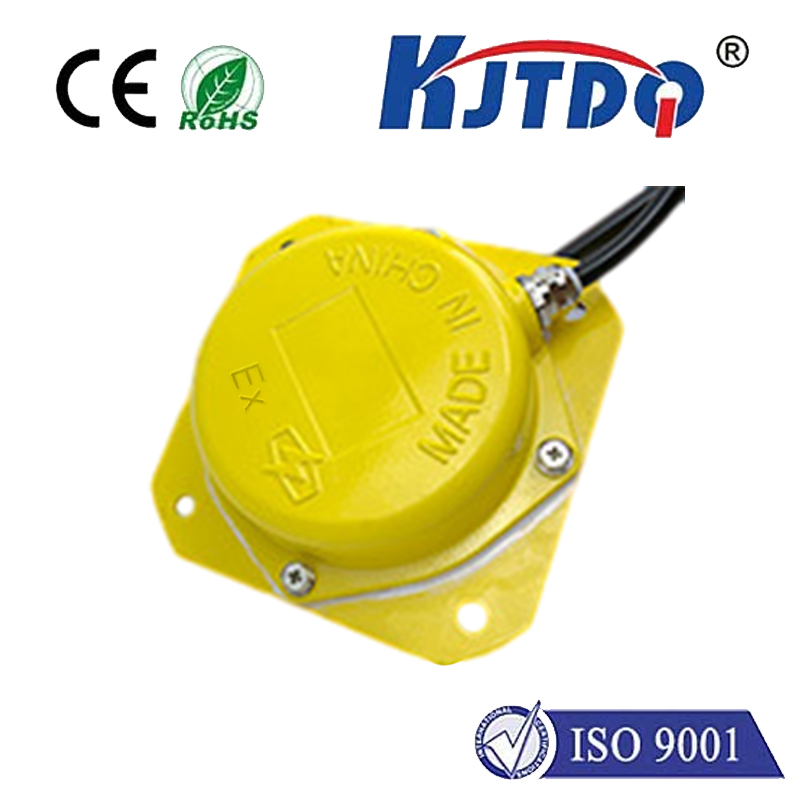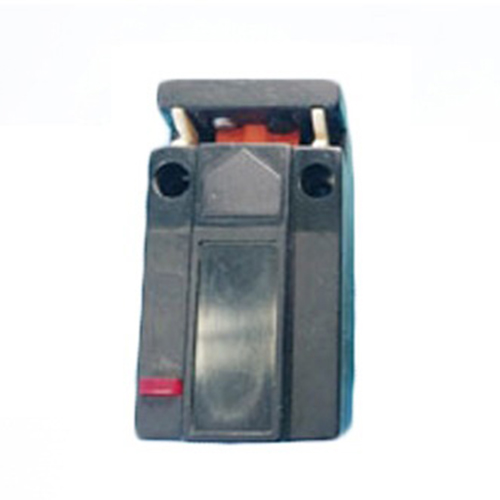индукционный ограничитель
- time:2025-08-03 00:50:36
- Нажмите:0
Inductive Limit Switches: The Unsung Heroes of Precise Position Sensing
Ever watched a complex factory line hum with synchronized precision? Parts glide into place, robotic arms execute movements flawlessly, and machinery halts at the exact millisecond required. Behind this seamless choreography often lies a critical, yet frequently overlooked component: the индукционный ограничитель. These rugged sensors are fundamental to countless automated processes, providing reliable, non-contact detection of metallic objects. Understanding their operation and advantages isn’t just technical trivia – it’s key to unlocking robust and efficient industrial automation.
Unlike their mechanical counterparts that rely on physical levers making contact, an индукционный переключатель приближения (often synonymous with inductive limit switch in automation contexts) operates purely through electromagnetic fields. At its core is a coil wound around a ferrite core, energized by an oscillator. This creates a high-frequency alternating magnetic field emanating from the sensing face.
When a ferrous (iron-based) or non-ferrous (like aluminum, brass, copper) metal target enters this active field, something fascinating happens. Electromagnetic induction takes effect: eddy currents are induced within the target metal. These swirling currents create their own opposing magnetic field, which interacts with the original field generated by the sensor’s coil.
This interaction causes a measurable change within the sensor’s internal circuitry – typically a reduction in the oscillation amplitude. Sophisticated electronics monitor this change. Once the amplitude drop surpasses a predefined threshold (the switching point), the sensor’s output state flips. This could mean switching a solid-state transistor (PNP/NPN) or an electromechanical relay from OFF to ON, or vice versa, signaling the presence of the target object. Crucially, non-contact sensing means there’s no physical wear on the switch itself from the detection process, significantly enhancing longevity.

Key Advantages Driving Industrial Adoption
Why are inductive limit switches so prevalent in demanding industrial environments? Their benefits are compelling:
- Exceptional Durability: Encased in robust materials like nickel-plated brass, stainless steel, or rugged PBT plastic, they withstand harsh conditions – oil, grease, dust, dirt, vibration, and moisture pose minimal threat. The absence of moving mechanical parts susceptible to wear is a major contributor to this resilience.
- High Reliability & Long Service Life: The non-contact principle eliminates mechanical wear associated with physical actuation. Coupled with solid-state electronics, this translates to millions of reliable switching cycles with minimal maintenance.
- Fast Switching Speeds: Capable of detecting targets and changing output states at high frequencies (often in the kHz range), they are perfect for high-speed production lines and rapid position verification.
- Insensitivity to Surface Conditions: Whether the target is clean, dirty, oily, or wet, as long as it’s metal within the specified sensing range, detection occurs reliably. This contrasts sharply with optical sensors, which can be fooled by contaminants on lenses or targets.
- Simple Installation & Setup: Most models offer straightforward mounting options (threaded barrels, flat surfaces) and require minimal configuration – often just power connection and load wiring. Their flush or non-flush mounting capability provides flexibility based on application constraints.
Versatile Applications: Where Precision Meets Toughness
The inherent robustness and reliability of inductive limit switches make them indispensable across diverse sectors:
- Machinery Position Control: Detecting end positions (limit sensing) of cylinders, slides, clamps, turntables, and robotic arms. Confirming if a machine guard is securely closed before operation commences.
- Conveyor Systems: Monitoring part presence (object detection), counting metallic objects, verifying correct positioning of pallets or workpieces, and triggering sorting mechanisms.
- Metal Fabrication: Verifying sheet metal positioning in presses, detecting drill bits or tools in machining centers (tool break detection), sensing the presence of metal blanks.
- Automotive Manufacturing: Confirming door, hood, or trunk closure sequences; sensing piston position in assembly; detecting metal components on moving lines.
- Packaging Machinery: Monitoring the presence of metal lids, cans, or foil seals; verifying position of filling heads or capping mechanisms.
- Перевозка материалов: Detecting metal rollers, chains, or hooks; providing position feedback for automated cranes and lifts.
Selecting the Right Inductive Limit Switch
While highly versatile, optimal performance depends on choosing the correct model:
- Sensing Range: The maximum distance (Sn) at which the switch can reliably detect the standard target (usually a square steel plate). Factors influencing range include the target’s material, size, shape, and the sensor’s design (shielded vs. unshielded). Shielded sensors have a shorter range and can be mounted flush with metal; unshielded sensors offer longer ranges but require a surrounding non-metallic zone.
- Target Material: Ferrous metals (steel, iron) are detected at the nominal range. Detection ranges for non-ferrous metals (aluminum, copper, brass) are typically reduced. Specialist sensors optimized for specific non-ferrous metals are available.
- Hysteresis: This crucial specification (H) represents the difference between the switch-on point (as the target approaches) and the switch-off point (as it moves away). Sufficient hysteresis prevents rapid, chattering output changes if the target stops precisely at the sensing edge. It ensures stable switching behavior.
- Output Type: DC models offer PNP (sourcing) or NPN (sinking) transistor outputs (2-wire, 3-wire, 4-wire) or Analog outputs (current/voltage proportional to distance). AC/DC models use electromechanical relays for higher load switching capability. Solid-state outputs provide faster speeds, while relays handle heavier loads.
- Electrical Specifications: Ensure compatibility with the control system voltage (e.g., 10-30V DC, 20-250V AC/DC) and sufficient current rating for the connected load. Consider connection type (pre-wired cable, M8/M12 connector).
- Housing Material: Choose nickel-plated brass for general use, stainless steel for corrosive environments (food/pharma/washdown), and robust plastics for cost-effective non-metallic mounting.
- Environmental Rating: МП67 or IP68 ratings are common for dustproofness and resistance against water immersion, essential for washdown areas or outdoor use. IP69K is available for high-pressure/high-temperature cleaning.
From ensuring a robotic arm stops at precisely the right point to guaranteeing a safety door is securely locked, the индукционный ограничитель operates silently, reliably, and tirelessly. Its blend of non-contact sensing, rugged construction, and simple integration makes it a cornerstone technology for achieving precise position control and object detection in the demanding world of modern industrial automation. Understanding their operation and selection criteria empowers engineers to build more robust, efficient, and ultimately, safer automated systems.

